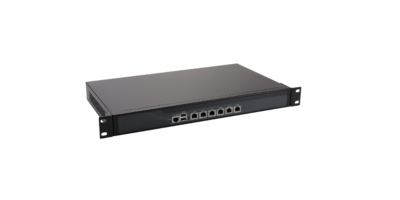Doctors and nurses have always relied on data to make critical decisions about patient care. However, the rapid expansion of healthcare data analytics is providing new opportunities for enhancing patient treatment. By harnessing the power of big data, hospitals and clinics can improve Quality-of-Care metrics, increase operational efficiency, and reduce costs. In this blog post, we will explore how providers can use healthcare data analytics to improve patient care.
What is Data Analytics in Healthcare?
Healthcare data analytics is the process of extracting, cleansing, and transforming healthcare data to generate insights that providers can use to improve patient care. The goal of data analytics is to enable clinicians and decision-makers to identify patterns and trends in patient data that can help them optimize care delivery.
Providers can analyze many types of data in healthcare, including clinical information, finances, claims, and patient surveys. By using statistical techniques such as regression analysis and machine learning, healthcare data analysts can uncover hidden insights that can help improve patient care.
Why Does Healthcare Need Analytics?
The healthcare industry is under immense pressure to improve patient outcomes while simultaneously reducing costs. To meet these challenges, healthcare organizations must make data-driven decisions about care delivery.
It can help clinicians and decision-makers achieve these goals by providing insights into how patients are receiving care and areas they can make improvements. For example, they can use data analytics to identify which patients are at risk for certain conditions, what treatments are most effective for certain diseases, and areas they can optimize care delivery.
How Can Healthcare Data Analytics Improve Patient Care?
There are many ways providers can use data analytics to improve patient care. Here are some:
1. Using Predictive Analytics to Reduce Hospitalizations
Predictive analytics is a type of data analytics that uses historical data to predict future events. In healthcare, providers can use predictive analytics to identify patients at risk of hospitalization. They can also develop interventions that can prevent these events.
2. Improving Patient Engagement
Providers can use healthcare data analytics to improve patient engagement. They can identify patients who are at risk of non-adherence and develop targeted interventions to improve adherence.
3. Reducing Readmissions
Readmission rates are a key Quality-of-Care metric. Providers can use data analytics to identify patients at risk of readmission and develop interventions that can prevent readmission.
4. Streamlining Operations
Providers can use healthcare data analytics to streamline operations by identifying inefficiencies in care delivery and developing solutions to improve efficiency.
5. Enhancing Population Health Management
Population health management is a key focus of healthcare organizations. Providers can use healthcare data analytics to identify trends in population health and develop interventions that can improve population health.
6. Improving Cross-Functional Cooperation
Providers can use healthcare data analytics to enhance cross-functional cooperation. They can identify silos in care delivery and develop solutions to improve communication and collaboration.
7. Improving Clinical Decision-Making
Clinicians can use data analytics to support decision-making. They provide insights into patterns and trends in patient data.
8. Reducing Costs
Organizations can use healthcare data analytics to reduce costs by identifying wasteful spending and developing solutions to improve cost-effectiveness.
9. Power Workforce Development
Healthcare data analytics can support workforce development by identifying workforce needs and developing solutions to improve recruiting, hiring, and training.
10. Increasing Patient Safety
Healthcare data analytics can increase patient safety by identifying potential safety hazards and developing interventions to mitigate these hazards.
How Data Analytics is Used to Advance Medical Research?
Researchers can use data analytics techniques to develop new methods for clinical trial design and patient recruitment. Additionally, they use data analytics to develop new ways to collect and analyze patient data.
The most useful sources of clinical information are Electronic Health Records (EHRs). They contain a wealth of information about patients, including demographics, diagnoses, medications, laboratory test results, and much more. However, the data contained in EHRs is often unstructured and difficult to analyze. Developers use data analytics techniques to develop new methods for extracting and analyzing data from EHRs.
Another important source of clinical information is wearables. Wearables are devices that patients wear to collect data about their health. Data analytics helps with developing new methods for collecting and analyzing data from wearables.
In conclusion, healthcare data analytics is a powerful tool that can improve patient care. By harnessing the power of big data, hospitals and clinics can improve Quality-of-Care metrics, increase operational efficiency, and reduce costs. Additionally, data analytics can be used to support workforce development and enhance population health management.










